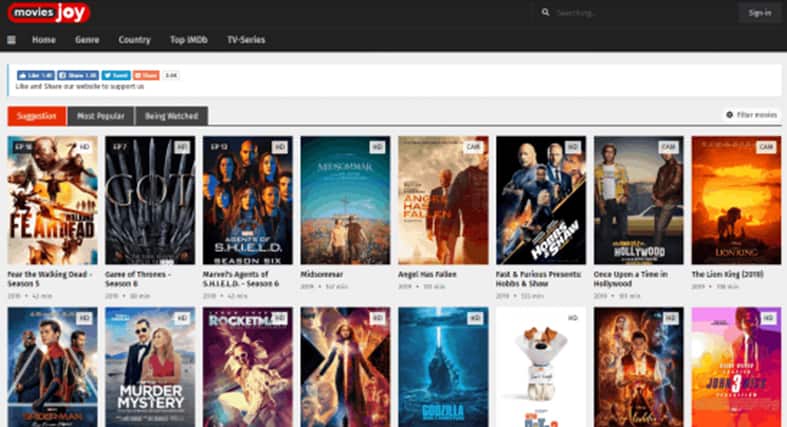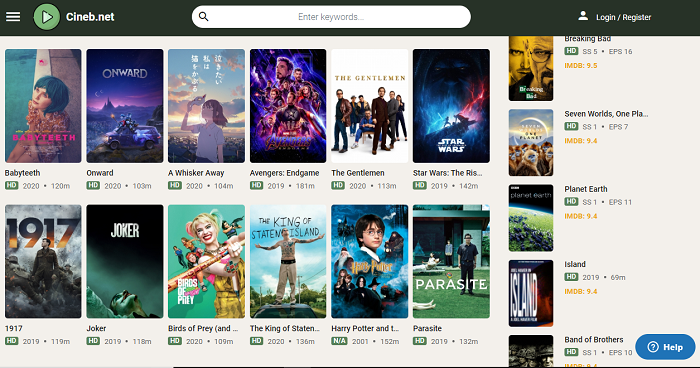Clean email lists, high delivery rates, and a good sender reputation are benefits that you can get gain by validating email lists.
In this article, we will step-by-step analyze what email validation is, offer verification tools, and describe how to prevent problematic addresses from getting into your lists. But first, let’s define what validation of email addresses means.
What Is Email Address Verification and What It Gives?
Validating email addresses means verifying the existence of email addresses and the ability to send them information with 100% reaching without sending testing messages – you can do that with truemail.io. This process helps reduce the score of hard and soft bounces, avoid spam traps, and leads to an increase in the effectiveness of your email campaign as a whole.
Three steps to check email for validity:
1. Checking the format and syntax of the address.
At the first stage, the correspondence of email addresses to generally accepted standards is checked. Errors are also detected in both parts of the address – local (before the @ symbol) and in the domain (after the @ symbol). These can be spaces, extra and non-typical characters, the absence of the @ character, and so on.
2. Verification of the domain and server.
After confirming the syntax and format, the authentication and activity of the DNS records are checked. At the same stage, the authenticity of the MX record is verified, as well as its ability to receive letters.
3. Mailbox confirmation.
At the last stage, the existence of the email box is confirmed, and it is also checked whether it is overflown. Such verification takes place using the SMTP protocol. The tool with which the verification takes place pings a specific email address with EHLO or HELO messages and captures the server response. If it is, then the email is considered valid and active.
Segment and Reactivate Subscribers
Divide customers into several segments depending on when they subscribed:
- 1-6 months ago;
- 6-12 months ago;
- More than a year ago.
After that, make a reactivation schedule. Send reactivation mailing to subscribers from the first group, then try to reactivate the second group, and after that, mix the addresses from the third group with those subscribers from the first and second groups who have responded to your reactivation letters.
Throughout reactivation, monitor the number of bounces in the email box from which the mailing is conducted. As soon as you notice an increase in bounce number, stop sending such emails and remove inactive subscribers from your address books.
Use Email Verifier to enhance the process of verifying emails. That tool allows you to verify 100k addresses in just 50 minutes. As a result, you will get easily segmented results for quick download. You can easily upload large files, and sync platform with custom CRM, make custom download, and in a few clicks remove duplicates. You can also check all the email addresses in online form before sign up by using Single Email Address Verification. That Real-Time Check tool can be integrated easily with hundreds of platforms.








Add Comment